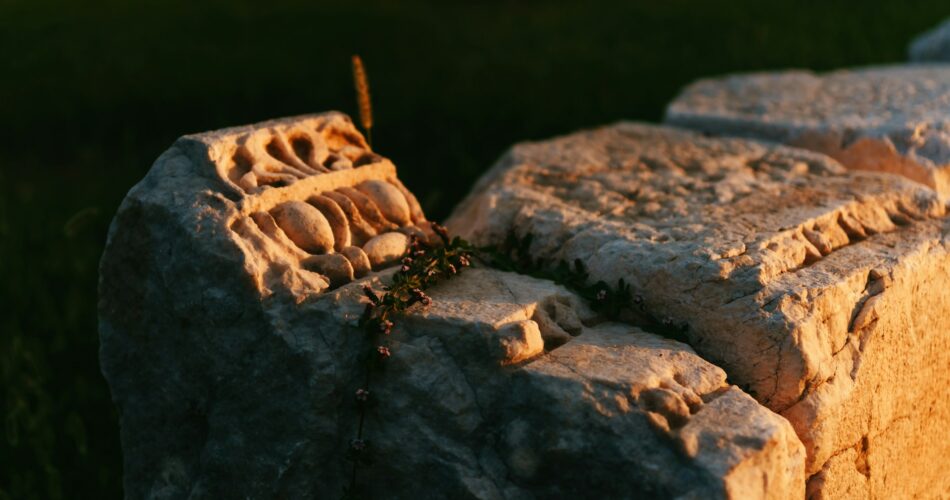They found a fortress and sword.
Archaeologists have made a remarkable discovery of a fortress from the reign of an Egyptian pharaoh, often linked to the biblical Exodus narrative during the Israelites’ enslavement. This find, confirmed by the Egyptian Ministry of Tourism and Antiquities, is believed to date back to the era of Ramesses II, known as Ramesses the Great. Located in the northwest Nile Delta, about 60 miles south of Alexandria, the fortress is thought to have served as a military stronghold, designed to protect against potential invasions.
The site features mudbrick structures that likely functioned as barracks and storage facilities for weapons and food supplies. Excavations have yielded various artifacts, including tools, jewelry, and weaponry from the time of the pharaoh. Among the most significant findings were two limestone blocks inscribed with the names of Ramesses II and an official named “Bay,” as well as a bronze sword believed to belong to a high-ranking officer, indicating the fortress’s strong defensive capabilities.
Researchers theorize that this fortress was established primarily to defend against Libyan invasions from the west and maritime threats from the Mediterranean Sea. The Bible mentions a location called Rameses, particularly in Exodus 1:11, which refers to it as one of Pharaoh’s store cities, suggesting a possible connection to Ramesses II. However, the identification of the pharaoh linked to the Exodus has been a subject of ongoing scholarly debate.
Christopher Eames, writing for the Armstrong Institute of Biblical Archaeology, points out that while Ramesses II is often associated with the Exodus, the biblical timeline indicates that the event likely occurred in the 15th century BCE. This timeframe aligns more closely with the Thutmosid Dynasty rather than the Ramesside Dynasty, leading Eames to propose Amenhotep II as a more credible candidate for the pharaoh during the Exodus. His reign fits better with the biblical accounts.
The ongoing discussions about the identity of the Exodus pharaoh reveal the complexities of biblical chronology and historical interpretation. Ancient historians, such as Manetho and Chaeremon, have also suggested that Amenophis ruled during the time of the Exodus, further complicating the identification of the ruler associated with this significant biblical event. Overall, this discovery provides valuable insights into the historical context surrounding the Exodus story and the figures associated with it.
